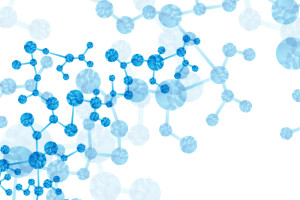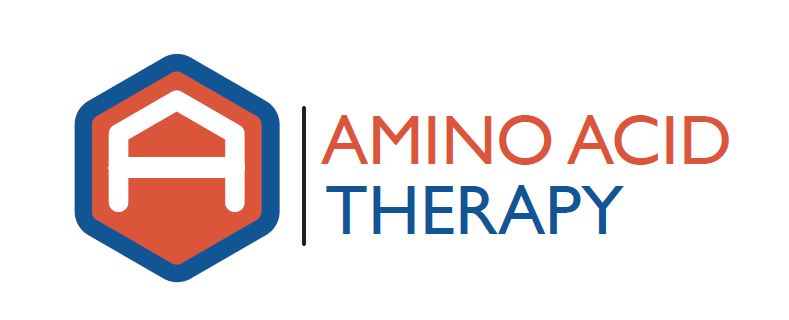 Amino acid therapy is based on the fact that transporters regulate the flow of neurotransmitters and neurotransmitter precursors in the human body. However, most people don’t understand what transporters are or what they do. Here is the science behind what transporters are, what they do and why they are so important to the success of amino acid therapy.
Amino acid therapy is based on the fact that transporters regulate the flow of neurotransmitters and neurotransmitter precursors in the human body. However, most people don’t understand what transporters are or what they do. Here is the science behind what transporters are, what they do and why they are so important to the success of amino acid therapy.
What Transporters Are
Most substances in the body do not freely cross the cell walls (membranes); they need something to take them across, kind of like a ferry takes cars across water. Monoamine neurotransmitters, including serotonin, dopamine, norepinephrine and epinephrine, as well as their amino acid precursors are all moved across cell walls by complex molecules known as transporters.
What Transporters Do
As the name suggests, transporters move substances either into or out of different cells. In regards to neurotransmitter function, transporters essentially determine the synaptic levels of all neurotransmitters. Synthesis of neurotransmitters is dependent upon the transport of amino acids and other precursors from the circulation into the neurons. Neurotransmitter metabolism is dependent upon transporters to move neurotransmitters into the environment where specific enzymes that break them down (like monoamine oxidase and the COMT enzymes) can perform their functions. In addition, transporters are essential in shuttling the monoamine neurotransmitters into the pre-synaptic neuron, which determines how much neurotransmitter is available to perform various functions. Here’s how:
Monoamine neurotransmitters are stored in storage vesicles found in the pre-synaptic neurons. When an electrical pulse travels down the pre-synaptic neuron it causes the vesicles to fuse to the pre-synaptic neuron cell well at which point neurotransmitters are excreted into the synapse. Organic cation transporters type-2 (OCT2) are located on the pre-synaptic neuron cell membrane. The OCT2 are responsible for transmitting the monoamine neurotransmitters back into the the pre-synaptic neurons where they are taken up by the vesicles and wait to be excreted once again into the synapse. If the neurotransmitters are not taken back up into the pre-synaptic neuron efficiently, those neurotransmitters will be metabolized (i.e., destroyed), leaving less and less neurotransmitter in the system over time. When these levels become sufficiently diminished, symptoms can develop. Therefore, the function of the OCT2 is essential to maintain overall neurotransmitter balance and function.
Why Transporters are Important
As we just discussed, transporters play a key role in the synthesis and metabolism of neurotransmitters. From a clinical standpoint, however, it is the role the OCT2 plays in regulating synaptic neurotransmitter levels that is of most interest.
When significant damage occurs to the post-synaptic neuron, electrical flow is decreased and symptoms develop. In order to restore proper neurotransmitter function (and alleviate symptoms) synaptic neurotransmitter levels need to be increased in order to compensate for the decreased electrical electrical flow in the post-synaptic neurons. This is where amino acid therapy comes in: by using specialized testing, we can measure the functional status of the OCT2 and use that information to determine the amino acid dosing that is required for the transporters to restore the proper flow of electricity and alleviate symptoms.

